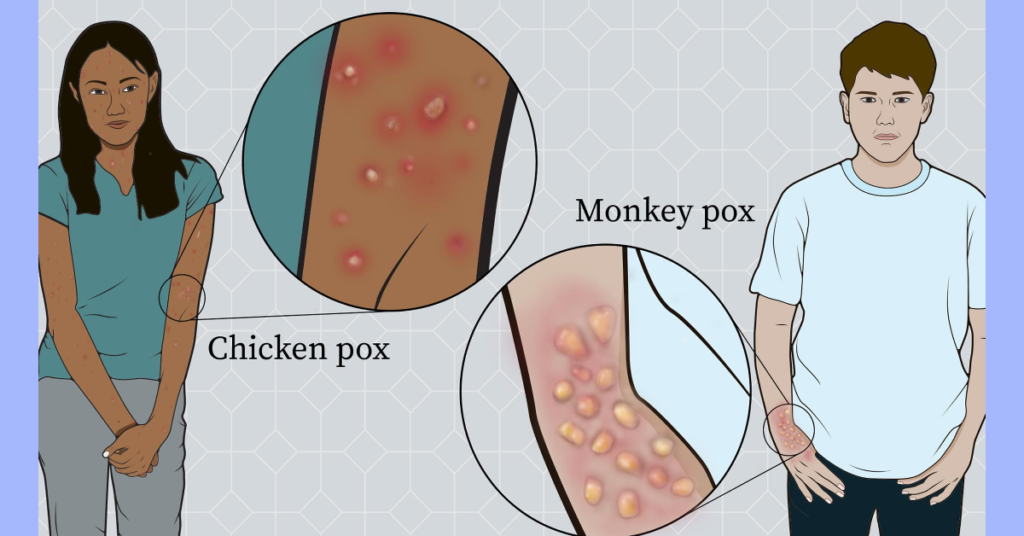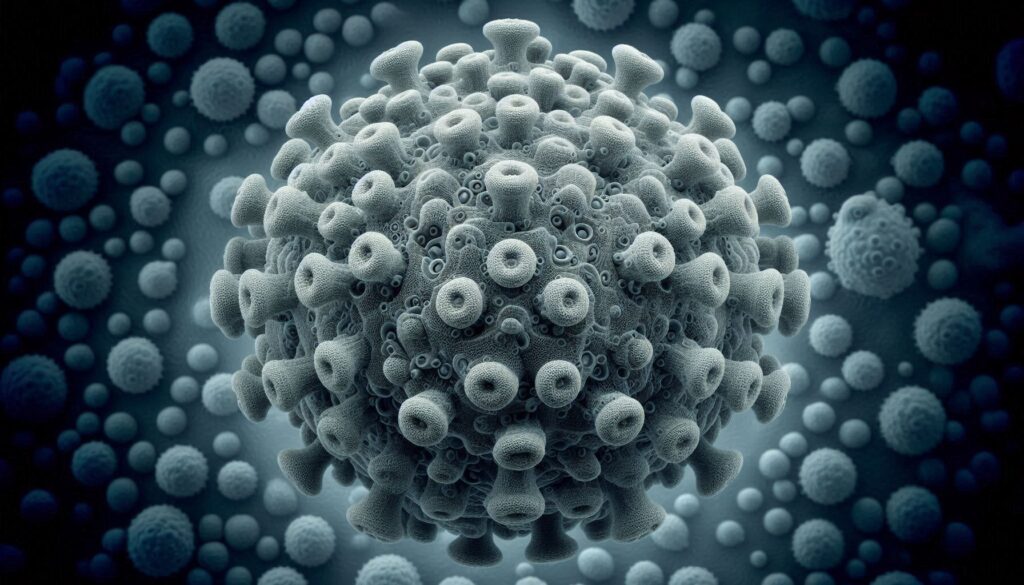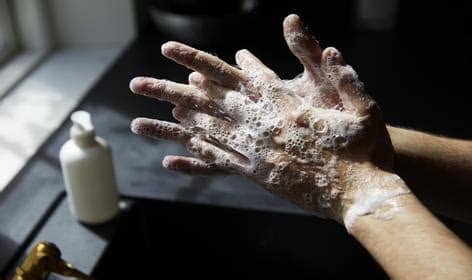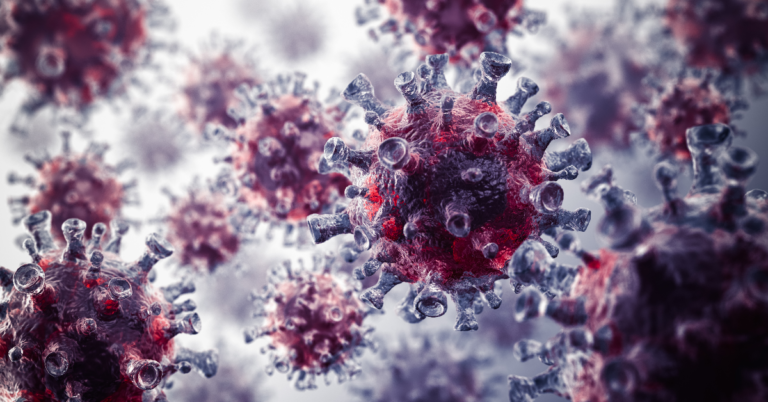
Article 2 in our Monkeypox Series on SaziBox Health
Monkeypox, a viral illness causing a global resurgence, has drawn comparisons to the once-devastating smallpox. However, despite sharing some similarities, these two diseases possess distinct characteristics. Understanding these differences is paramount for public health awareness, personal safety, and effective disease management.
Monkeypox: A Resurgent Threat

Monkeypox is a zoonotic orthopoxvirus, primarily found in animals but capable of infecting humans. It causes a range of symptoms, most notably a distinctive rash, and spreads through close contact with infected individuals or animals. While usually less severe than smallpox, monkeypox outbreaks have been on the rise, highlighting the need for vigilance and understanding.
There are two main types of monkeypox:
- Central African clade: Associated with higher severity and mortality rates.
- West African clade: Generally causes milder illness.
Smallpox: A Conquered Foe

Smallpox, caused by the variola virus, was a highly contagious and deadly disease that plagued humanity for centuries. Thanks to a global vaccination effort, it was declared eradicated in 1980.
Key Differences: Monkeypox vs. Smallpox
Understanding the distinctions between these two diseases is crucial for accurate diagnosis and appropriate response.
Feature
Feature
Feature
| Feature | Monkeypox | Smallpox |
|---|---|---|
| Virus | Monkeypox virus | Variola virus |
| Severity | Usually mild to moderate; rarely fatal | Severe illness with high mortality rate (up to 30%) |
| Incubation Period | 5-21 days | 7-17 days |
| Transmission | Primarily through close contact with infected individuals or animals | Highly contagious, primarily through respiratory droplets |
| Rash | Starts on the face and spreads to the rest of the body; lesions progress slowly and uniformly | Starts on the tongue and in the mouth, then spreads to the face and body; lesions progress rapidly and at the same stage |
| Swollen Lymph Nodes | A distinctive feature of monkeypox | Not typically seen in smallpox |
| Vaccine | Smallpox vaccine offers some cross-protection | Severe illness with a high mortality rate (up to 30%) |
Read More
Why the Confusion?
Several factors contribute to the confusion between monkeypox and smallpox:
- Similar Symptoms: Both diseases present with fever and rash, leading to potential misidentification, especially in the early stages.
- Historical Context: Smallpox’s historical impact and eradication efforts have ingrained its image in public consciousness, making it a reference point for other poxviruses.
- Media Coverage: News reports and social media discussions can sometimes blur the lines between the two diseases, causing misinformation to spread.
Expert Insights:
“While monkeypox and smallpox share some clinical features, they are distinct diseases with different transmission patterns and severity. Accurate diagnosis and public health messaging are vital to prevent unnecessary panic and ensure appropriate management.” – Sazib Miah, Infectious Disease Specialist
Tips for Recognizing & Responding to Monkeypox
- Be Vigilant: If you develop a rash or other symptoms, especially after potential exposure, seek medical attention promptly.
- Isolate: If you’re diagnosed with monkeypox, isolate yourself to prevent spreading the virus to others.
- Practice Good Hygiene: Wash hands frequently, avoid close contact with infected individuals, and disinfect surfaces regularly.
- Vaccination: The smallpox vaccine may offer some protection against monkeypox. Talk to your healthcare provider about your eligibility.
Stay Informed, Stay Protected
Understanding the distinctions between monkeypox and smallpox empowers you to take appropriate precautions and make informed decisions about your health. By staying informed, practicing good hygiene, and seeking medical attention if necessary, you can help mitigate the spread of monkeypox and protect yourself and your community.
- Share this article to help spread awareness about monkeypox and its differences from smallpox.
- Stay tuned for the next article in our Monkeypox series, where we’ll discuss the latest updates on the outbreak and provide practical tips for staying safe.
Remember: Knowledge is power. Arm yourself with accurate information to navigate the challenges of monkeypox and prioritize your well-being.
References:
- Centres for Disease Control and Prevention (CDC) – Monkeypox: Mpox | Poxvirus | CDC
- World Health Organization (WHO) – Monkeypox: https://www.who.int/health-topics/monkeypox/




